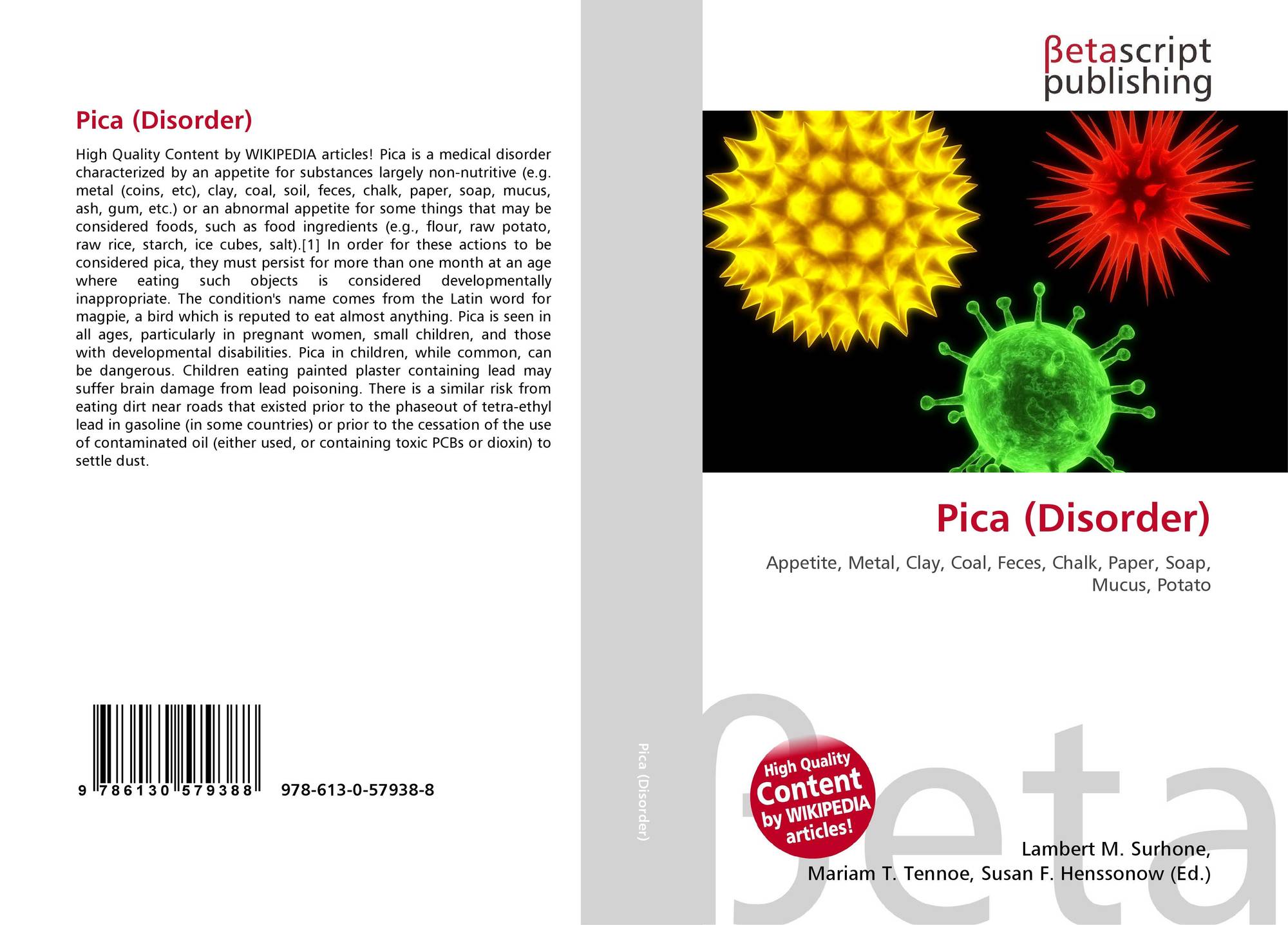

Intrapyloric botulinum toxin injection has been proposed as a treatment for nausea and vomiting in adults. Currently, there is no straightforward treatment algorithm for these issues, and management often involves multiple medication trials and procedures. This study aims to evaluate the effect of intrapyloric botulinum toxin in children with feeding disorders.Ĭhronic vomiting and feeding difficulties are common in young children and have a negative physical and psychosocial impact on patients and families. Principal investigator: Rachel Rosen, MD, MPH Title: Use of Intrapyloric Botulinum Injections in Children
Pica food disorder manual#
The assessment results will be compared to the diagnostic criteria in the Diagnostic and Statistical Manual of Mental Disorders (DSM-5) to determine whether an official diagnosis of pica is appropriate.
Pica food disorder professional#
These assessments may take the form of questionnaires or talk sessions with a mental health professional to look for symptoms of pica. Tests and exams such as magnetic resonance imaging (MRI), computerized tomography (CT), or x-rays may be used to look for intestinal blockages or other internal damage caused by the behavior. These tests will look at the patient’s blood chemistry for issues, such as infections or nutrient deficiencies, that may be causing the symptoms. This exam aims to rule out specific physical conditions that could be causing the symptoms. The whole diagnostic process usually includes physical examinations, tests, and a review of medical and family history. The diagnostic process will also likely include exams to look for medical conditions that could be causing the symptoms.

To diagnose pica, doctors look for a pattern of symptoms and risk factors.


 0 kommentar(er)
0 kommentar(er)
